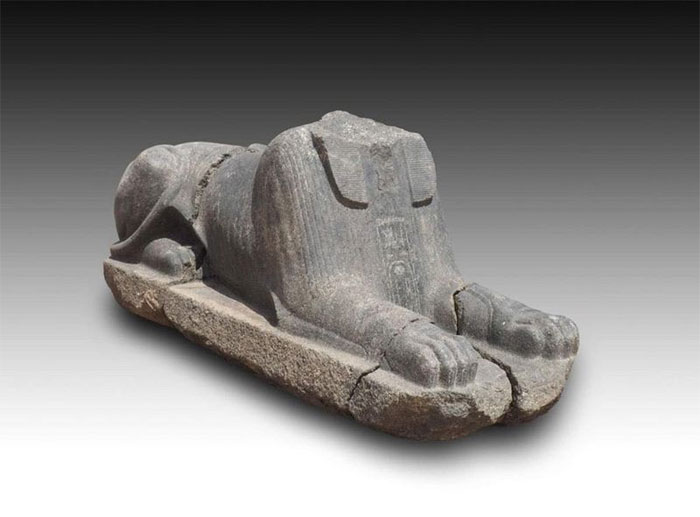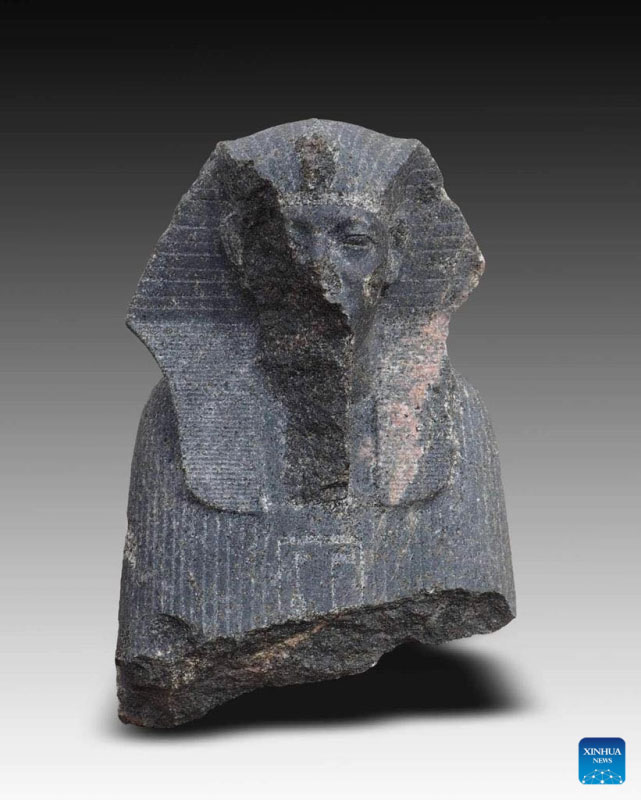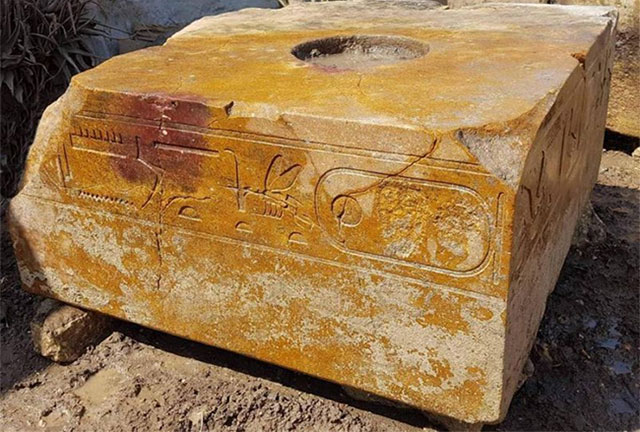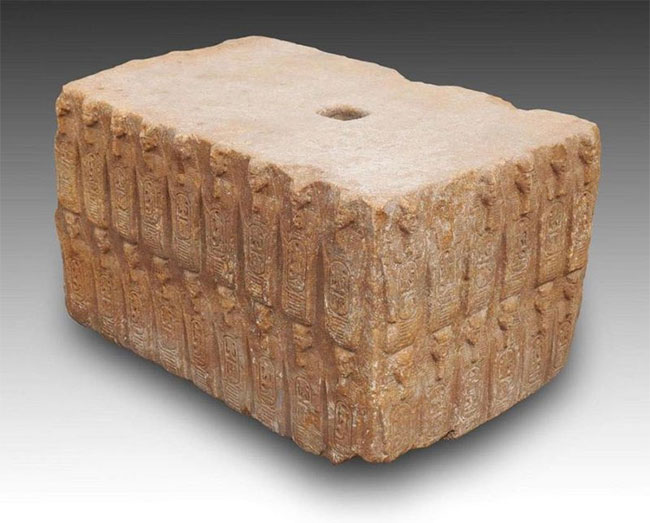On June 13, the Egyptian Ministry of Tourism and Antiquities announced that archaeologists have discovered granite blocks dating back to the reign of Pharaoh Khufu (2589-2566 BC) in eastern Cairo.


The incomplete stone statue excavated in the Ain Shams area, Cairo, Egypt. (Photo: Internet).


A carved block with patterns excavated in the Ain Shams area, Cairo, Egypt. (Photo: Internet).
Mostafa Waziri, Secretary-General of the Supreme Council of Antiquities of Egypt, stated: “This is the first time artifacts from Pharaoh Khufu have been found in the Ain Shams area (one of the oldest districts in Cairo).”
He further explained that the granite blocks could be part of an unidentified structure or may have been transported to the Giza Plateau for construction materials during the Ramesside period (1292 BC to 1069 BC).
Additionally, archaeologists also discovered a granite fragment of Pharaoh Pepi I Meryre, featuring an engraving of the falcon god Horus, a statue base of Pharaoh Amasis II, and several parts of a sphinx statue. Moreover, remnants of pharaohs, including Amenemhat II, III, and V, Senusret III, Thutmose the Great, Ramesses II, and Seti II, were also uncovered during this excavation.


















































